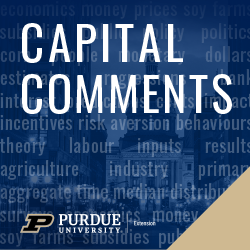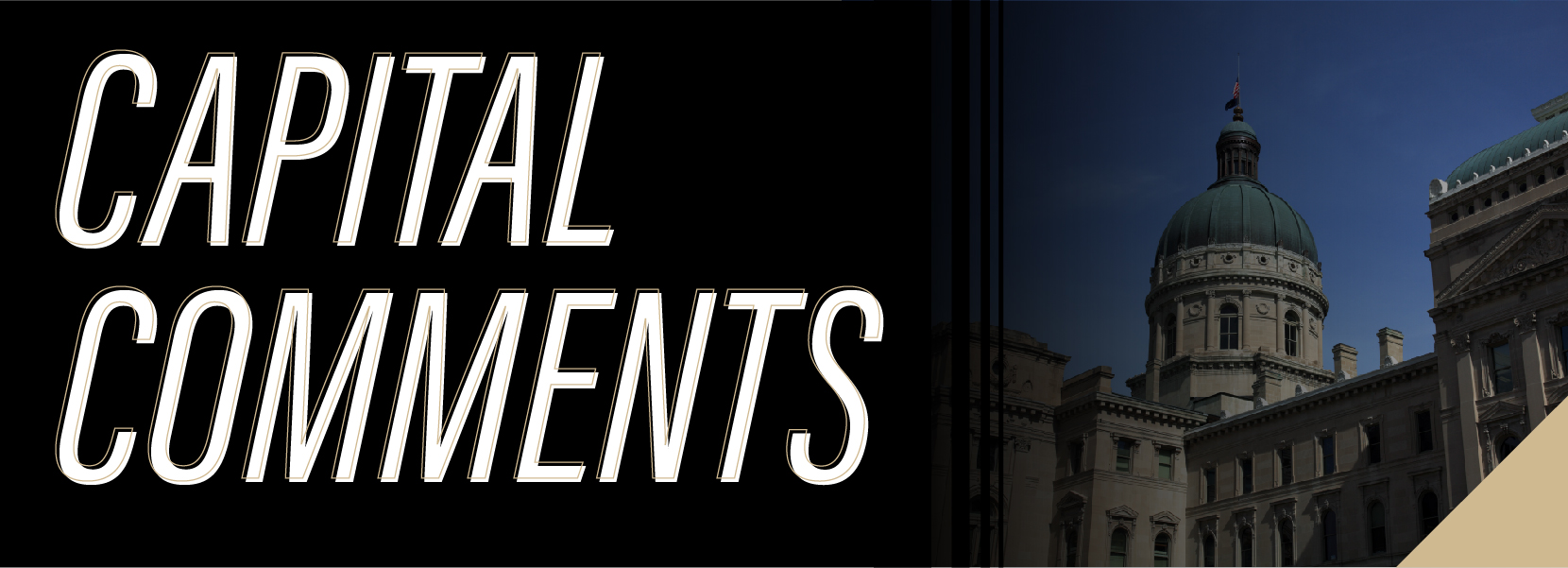Capital Comments: Okun, Phillips and Our Economy

If you want to be remembered in economics, get yourself a curve. There’s the Lorenz curve, the Laffer curve, the Kuznets curve, and, probably most famous, the Phillips curve. Phillips was A.W. Phillips, an economist from New Zealand who worked in London. In 1958 he drew a curve connecting the dots between inflation and unemployment. When unemployment went down, inflation went up. The Phillips Curve took the economics profession by storm.
Sometimes people like your curve so much, it becomes a law. That’s what happened to Arthur Okun. He drew a curve showing the relationship between growth in gross domestic product adjusted for inflation and changes in the unemployment rate. When “real” GDP grew enough, unemployment went down. Okun’s colleagues in the Kennedy administration liked it so much they called it “Okun’s Law.”
The thing about curves and laws in economics is, they don’t say put. The relationship between inflation and unemployment has changed since Professor Phillips’ day. The relationship between real GDP growth and unemployment follows a different law than in Okun’s day. We learned a lot about these changes during that long expansion of the last decade.
Okun first. From the 1980s to the 2000s, it took about 3 percent growth in real GDP just to keep the unemployment rate from rising. Grow any slower and the unemployment rate would go up. The reason is that the number of people who want to work is always increasing. Young people graduate and look for jobs. A lot more women were entering the labor force for most of that time. Real GDP had to grow pretty fast to create jobs for all those people.
Young people still graduated in the 20-teens. But lots of baby boomers began to retire, and women’s labor force participation stopped rising. Instead of growing 1.3 percent per year, average labor force growth was only 0.4 percent per year. As a result, real GDP had to grow only half as fast to keep the unemployment rate stable. Faster growth brought it down.
That’s what happened during the expansion. Real GDP growth averaged only 2.3 percent per year from 2010 to 2019 and topped 3 percent only once. The unemployment rate fell from 9.6 percent to 3.7 percent anyway.
The last time the unemployment rate was that low was in 1969. That year the inflation rate hit 5.8 percent. Inflation had been under 2 percent at the start of the 1960s but began to increase once the unemployment rate dropped below 5 percent in mid-decade. Lower unemployment led to higher inflation, just as the Phillips Curve predicted.
Inflation was under 2 percent during much of the first half of the 20-teens too. So, what was the inflation rate at the beginning of 2021, when unemployment hit 3.5 percent for the first time in 50 years? Just 2.2 percent. Not a problem.
The Phillips Curve appears to have flattened. Unemployment goes down, and inflation goes up, but only a little. Maybe not enough to make a difference in people’s lives.
We’re trying to climb out of the COVID recession. Once the virus is under control, we want businesses to start hiring so the unemployment rate can go down, from 6.3 percent in January. The Federal Reserve will keep interest rates low to encourage borrowing and spending. The federal government may pass a big spending bill, to give businesses more reason to produce products and hire employees. Real GDP will grow faster—we hope much faster than the 1.5 percent growth needed to bring the unemployment rate down.
The cost of low unemployment is rising inflation. But with a flat Phillips Curve, that cost is pretty small. We might push the unemployment rate to the low-3’s without raising inflation enough to matter. Good things happen when the unemployment rate is really low. People find jobs more easily. Wages tend to rise.
Past performance is no guarantee of future results. Your mileage may vary. No animals were harmed in the writing of this column. But our most recent evidence on real GDP growth, unemployment and inflation says we can push the unemployment rate down low without raising inflation very much. Perhaps Okun and Phillips would approve this message.
